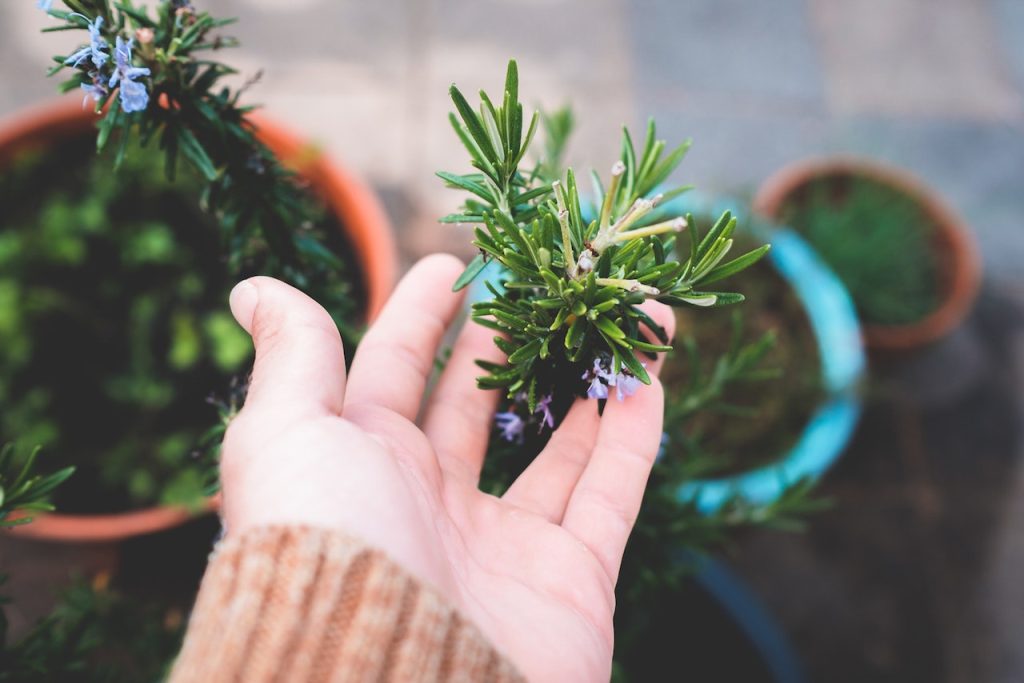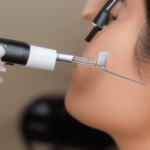Herbal remedies have been used for centuries to treat a variety of physical and mental ailments. Today, many spa treatments contain botanicals for a holistic, healing experience. Common spa botanicals can be found in many forms, from essential oils to scrubs and masks. In this blog post, we will explore the history and healing powers of some of these common botanicals.
We will discuss how their uses have developed over time, how to identify the botanicals, how to use them safely, and the health benefits they can bring. By the end of this post, you will have a better understanding of the many ways that spa botanicals can be incorporated into your wellness routine.
Understanding the healing power of plants is essential for self-care and for understanding the benefits of spa treatments. Let’s dive into the history and healing powers of Island Essence common spa botanicals!
Lavender and its calming effects:
Lavender is a fragrant herb that has been used for centuries in spas and wellness treatments. The calming and healing effects of lavender are well-known, and it is often used to induce relaxation, reduce stress, and even promote better sleep. Lavender can also be used to treat headaches, skin irritations, and muscle pain.
Not only does it have a pleasant aroma, but it can also be applied directly to the skin, added to aromatherapy treatments, and even used in cooking. Its calming and healing powers have been used to help treat a variety of ailments, and its popularity continues to grow.
Rosemary and its energizing effects:
Rosemary is an herb from the Mediterranean region, which has been used for centuries for its energizing effects. As an herb, it can be used to season foods, make tea and even create essential oils for aromatherapy. Rosemary is known to increase mental clarity and alertness, as well as reduce stress and fatigue.
Rosemary oil is also thought to help improve circulation, making it a great addition to massage treatments. Research has found that the scent of rosemary stimulates the brain, leading to improved memory and mental performance.
Rosemary is a great addition to any spa visit and can be used in a variety of ways to help create a more relaxed and energized state of mind.
Eucalyptus and its respiratory benefits:
Eucalyptus is an evergreen tree native to Australia, Tasmania, and nearby islands. The essential oil derived from the tree’s leaves has been used for centuries to treat colds, coughs, and respiratory ailments. In fact, many spas have adopted eucalyptus as a key component of their aromatherapy treatments, thanks to its refreshing and invigorating scent.
The oil is believed to open airways and relax the respiratory system, making it easier to breathe. It also has antiseptic properties, which can be beneficial in clearing congestion and reducing inflammation. Regular inhalation of the oil is said to reduce the severity of asthma attacks and can even be used to treat bronchitis and sinus infections.
Peppermint and its stress-relieving qualities:
Peppermint (Mentha piperita) is one of the most popular spa botanicals and has been used for centuries to soothe the mind and body. The essential oil of peppermint is known for its cooling and refreshing aroma, and is said to be an effective aid for relieving stress. Peppermint has been used to treat headaches, muscle pain, and digestive disorders, as well as to reduce mental fatigue and boost alertness. Its menthol content has anti-inflammatory and decongestant properties, making it a popular choice for aromatherapy treatments. The use of peppermint in spa treatments will leave you feeling relaxed and refreshed.
Chamomile and its anti-inflammatory properties:
The daisy-like flower of the chamomile plant is one of the most popularly used botanicals in spa treatments. Its reputation as a healing agent stretches back centuries, and in modern times it has been studied extensively for its anti-inflammatory properties.
Chamomile has been used to treat a variety of skin conditions, including eczema, psoriasis, and dermatitis. It also aids in healing sunburns, reducing redness and swelling. Chamomile is gentle enough to be used on sensitive skin and can even be used to soothe diaper rash. It is an excellent ingredient to include in spa treatments, as it can help reduce redness and inflammation, as well as provide a calming, soothing effect.
Spa botanicals have been used for centuries for their healing powers. From the calming effects of lavender to the anti-inflammatory effects of chamomile and rosemary, botanicals can be used to treat a variety of ailments.
Whether you’re looking to soothe stress, relieve a headache, or just take some time to relax and unwind, spa botanicals can help. Their healing properties have been scientifically proven and their effects are undeniable. So, take some time to explore the healing powers of spa botanicals and find a treatment that will suit your needs.









